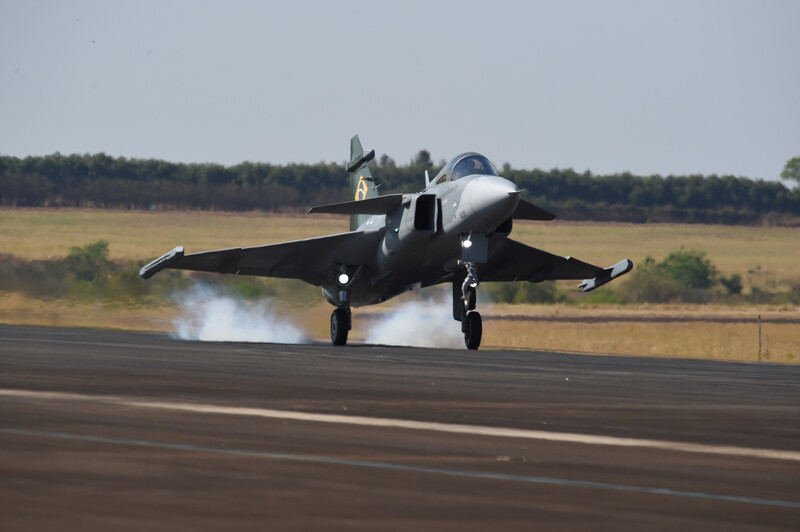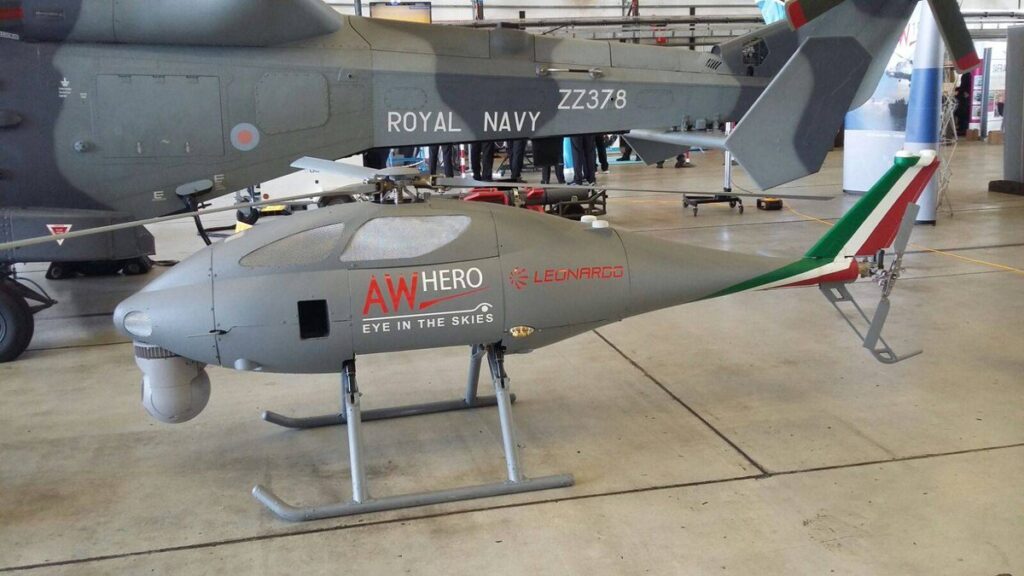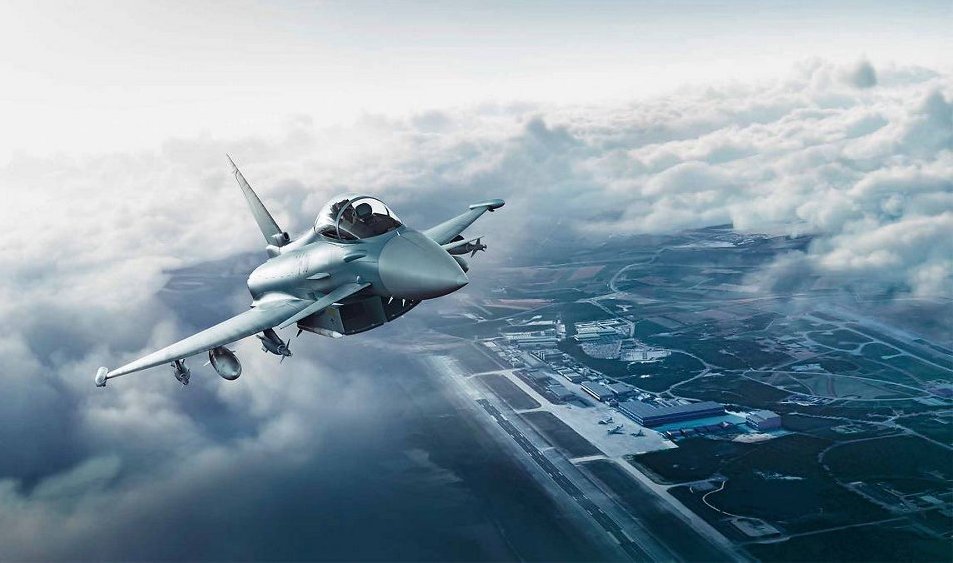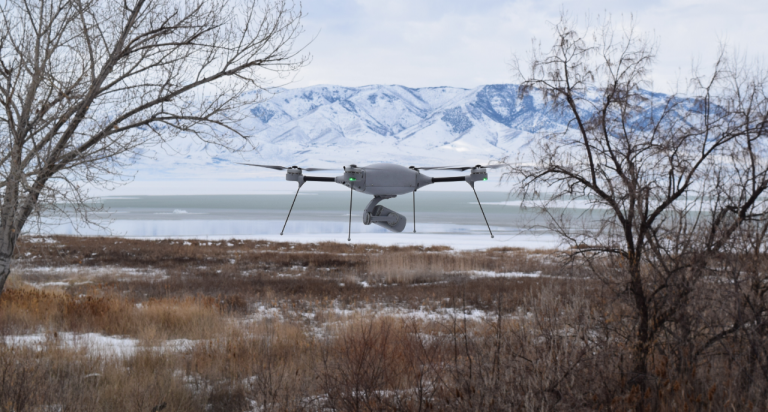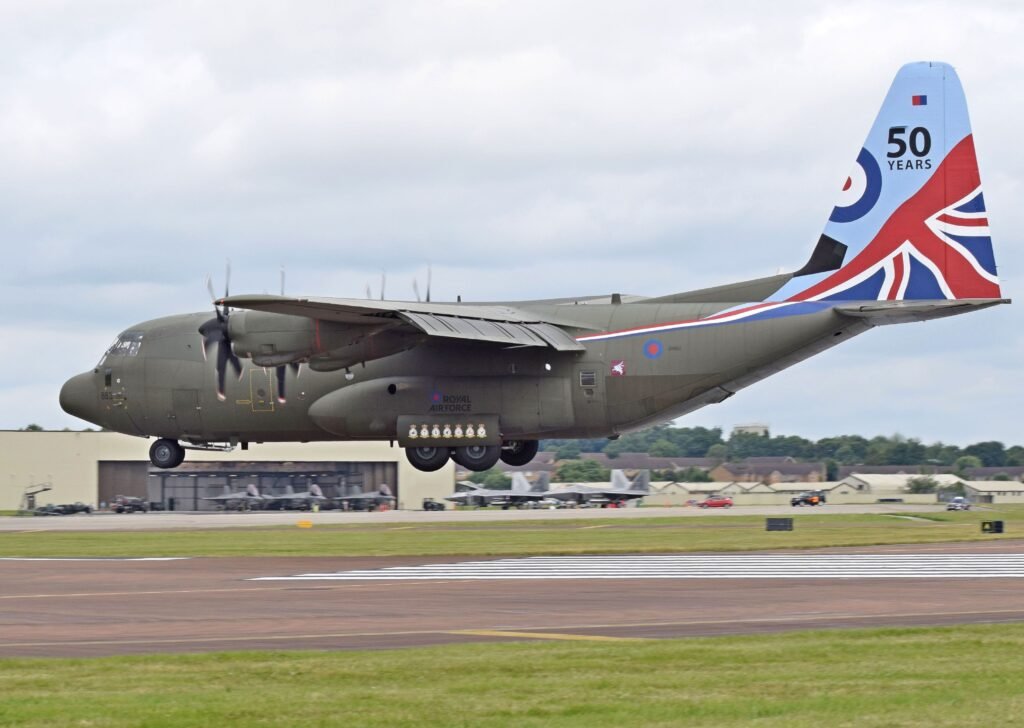The First Brazilian Gripen Flies in Brazil
The first Brazilian Gripen E, designated by Brazilian Air Force (FAB) as F-39 Gripen, concluded its first flight in Brazil. The aircraft flew from the airport in Navegantes to Embraer’s facility in Gavião Peixoto. The…
